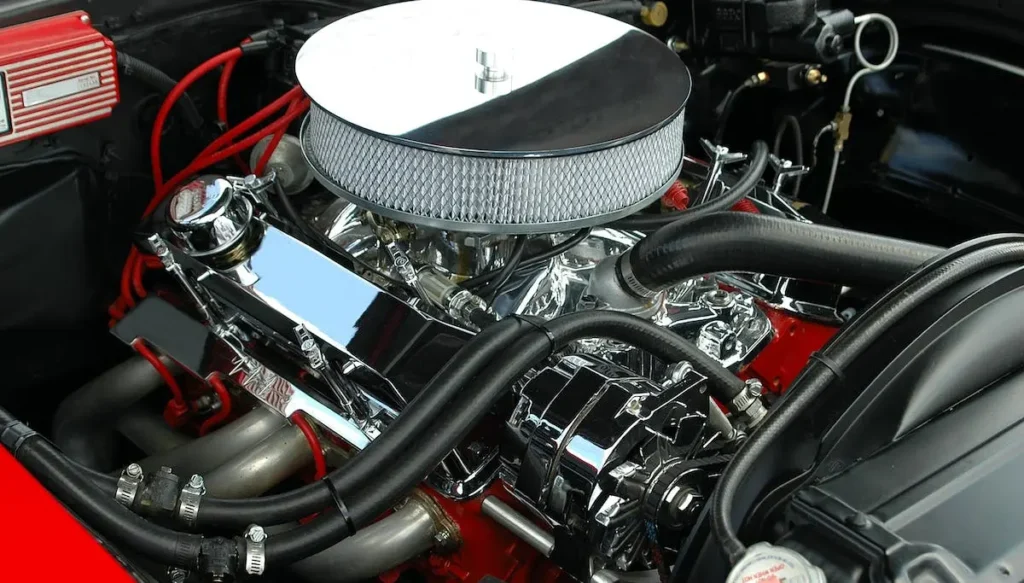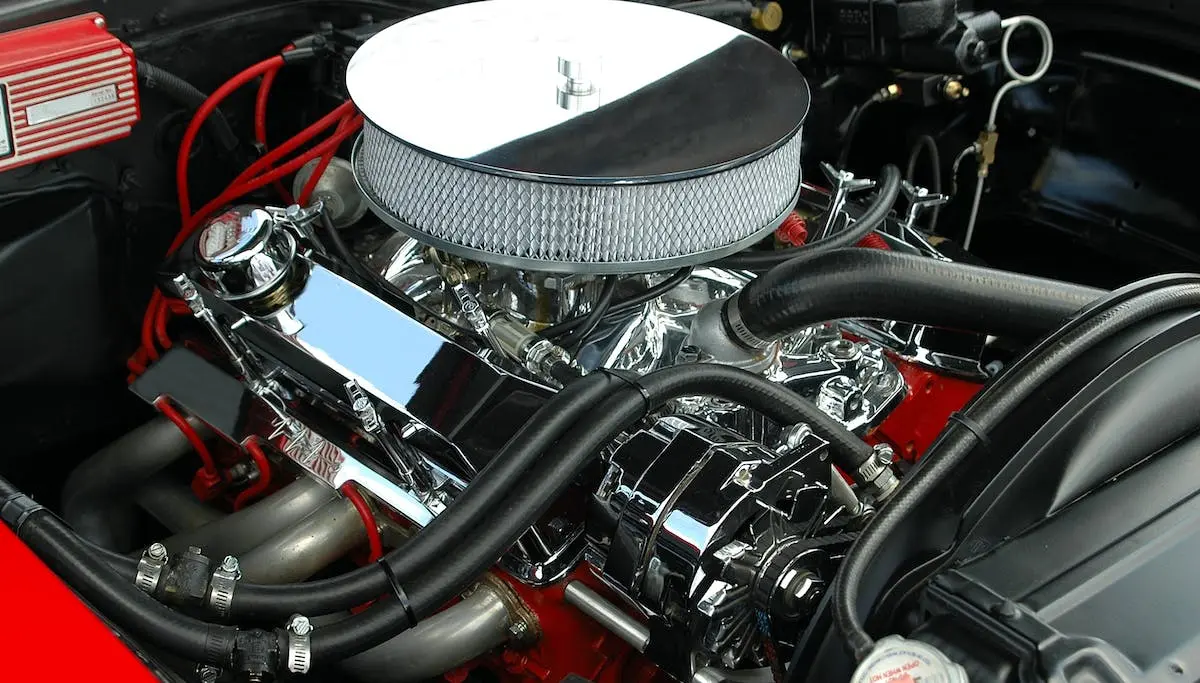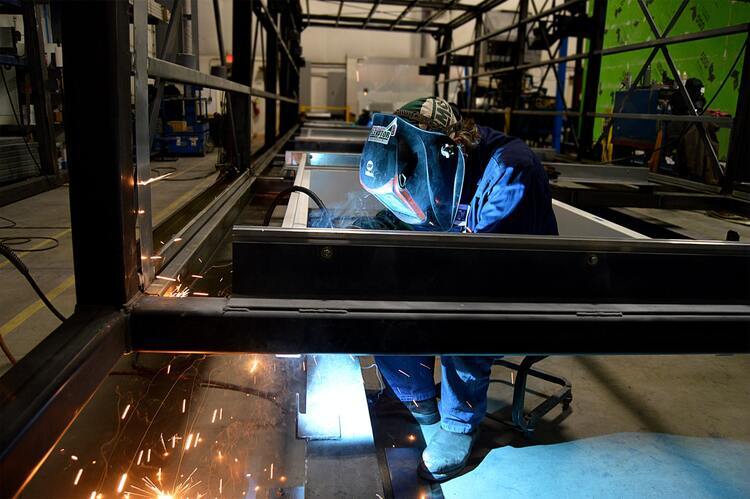Fuel System Fundamentals: An Essential Guide for Every Car Enthusiast
Every car driver and enthusiast knows the thrill of a powerful engine and the importance of keeping it in prime condition. At the heart of a vehicle’s high performance is its fuel system, a complex network that efficiently manages the flow of fuel from the tank to the engine.
Understanding this system’s fundamentals can enhance not only your knowledge but also your car’s longevity and power. Especially for those interested in exceptional finds like salvage corvettes, appreciating the nuances of the fuel system is crucial.
The Heart of the Matter: Fuel System Components

At its core, the fuel system consists of several key components: the fuel tank, pump, filter, lines, injectors, and engine control unit (ECU). Each plays a pivotal role in delivering fuel to the engine, ensuring that your ride runs smoothly and efficiently.
When we go deeper into the operation of these components, we discover an interdependent system where precision and timeliness are crucial. To avoid a vacuum or pressure buildup that could obstruct gasoline flow, the fuel tank must be evacuated. The pump, an often-overlooked hero, must maintain steady pressure and flow to meet the engine’s demands, even when loads and speeds vary. The filter, which must be placed gently, must be fine enough to catch contaminants without impeding flow.
Meanwhile, the lines must be both flexible and robust, able to withstand the high-pressure surges and thermal expansions that occur during operation. Finally, the injectors and the ECU operate together, with the ECU monitoring engine conditions and fine-tuning injector spray patterns and timing to ensure an ideal stoichiometric combustion balance.
The life force of the vehicle’s fuel system is embodied by this precise balance and interplay of components, each portion synced to deliver the energy that powers your journey.
Fuel Tank: The Reservoir of Energy
Safely storing fuel is the main function of the fuel tank, but its role doesn’t end there. It’s designed to handle the fuel’s expansion and contraction, minimize vapor emissions, and sometimes, accommodate the fuel pump. The tank must be crafted from materials resistant to corrosion and positioned in the car to withstand impacts.
Aside from these primary functions, the gasoline tank is also designed to withstand the rigors of regular vehicle dynamics. It has baffles and chambers that prevent fuel from sloshing forcefully during rapid acceleration, deceleration, or sudden turns, which would otherwise interrupt the engine’s continuous flow of fuel.
Modern gasoline tanks are also outfitted with sophisticated evaporative emission control systems that trap and hold fuel vapors, preventing them from escaping into the environment and contributing to pollution.
This technique allows vapors to be briefly stored before being purged and burned in the engine during regular operation, lowering emissions and optimizing fuel use. The design and integrity of the gasoline tank are critical because they directly influence vehicle efficiency and contribute to both environmental protection and the overall safety profile of the vehicle.
Fuel Pump: The Beat of Combustion
In the realm of fuel injection, the fuel pump is indispensable. It pumps fuel from the tank to the engine with requisite pressure. There are mechanical pumps for older models and electric pumps for modern vehicles. The latter is often within the tank, a position that helps cool and lubricate the pump’s mechanism.
The sophistication of the gasoline pump increases as technology progresses. Electric pumps are preferred in modern fuel-injected engines due to their ability to accurately control fuel delivery. These pumps are meant to operate within the electrical system of a car, receiving signals from the ECU to modify pressure and flow rate based on real-time engine demands.
This ensures optimal performance and fuel economy under a variety of operating scenarios. The pump’s positioning inside the tank, buried in fuel, also contributes to a quieter ride. Furthermore, the design of the electric pump frequently includes a check valve that prevents fuel from flowing back into the tank when the vehicle is turned off, thereby maintaining system pressure and enabling quick starts. This perfect blending of form and function demonstrates the gasoline pump’s vital position in today’s vehicle fuel system.
Fuel Filter: The Guardian of Purity
A car’s engine, much like our lungs, needs clean fuel to operate effectively. The fuel filter stands guard, capturing any contaminants before they can enter the engine. It’s essential to replace the filter regularly to maintain engine health and efficiency.
The gasoline filter’s integrity is critical since it is responsible for protecting sensitive engine components from contamination. The filter gathers particles and residue over time, a monument to its effectiveness but also a hint that it has to be serviced to avoid clogging. A blocked filter reduces fuel flow, lowering engine performance and increasing the likelihood of misfires and engine deposits.
Advanced gasoline filters are made of tiny mesh materials that not only filter out rust and dirt but also microscopic pollutants that can destroy high-precision engine parts. Such vigilance is essential in today’s high-pressure fuel injection systems, where even the smallest particles can impair injector performance and, ultimately, combustion. Regular filter maintenance ensures that the engine receives a pure and strong stream of fuel, ready to perform the intricate ballet of internal combustion.
Fuel Lines: The Network of Flow
Fuel lines are the pathways that transport fuel to the engine. They need to be robust enough to handle varying pressures and temperatures and to resist corrosion from various substances.
Fuel lines serve as key conduits within this network of flow, ensuring a regular and secure passage for fuel under different and sometimes extreme conditions. They must withstand the constant vibration and movement of the engine and chassis and are made of materials such as reinforced rubber or stainless steel.
Furthermore, fuel lines are built to withstand the corrosive nature of certain fuel additives as well as external environmental elements like road salt and moisture. They are also routed to avoid hot locations that could evaporate the fuel and areas that could harm them due to impact or abrasion. The fuel lines, which run silently beneath the chassis, ensure that the engine’s lifeblood, fuel, reaches its destination in an unending, dependable stream, protecting the vehicle’s performance and the driver’s peace of mind.
Fuel Injectors: The Precision Dancers
Replacing the older carburetors, fuel injectors are now the norm. They spray a fine mist of fuel into the engine’s intake manifold or cylinders, controlled with precision for maximum efficiency and throttle response.
These precision dancers, and fuel injectors, synchronize with the engine’s rhythm, delivering fuel at precisely the appropriate time for efficient combustion. In contrast to their forefather, the carburetor, which could only approximate the correct fuel-air mixture, injectors use real-time data from the ECU to adapt their spray pattern and duration to account for variations in engine load, speed, and temperature.
This versatility is crucial for modern engines, which must fulfill tight emission rules while providing the power that drivers demand. As a result, the burn is more complete and cleaner, resulting in less waste and pollutants. To keep this level of precision, injectors must be kept clear of deposits that can disturb their highly adjusted spray and impede engine efficiency. The fuel injector’s health is a tribute to developments in automobile technology, which strive for a perfect balance of power, efficiency, and environmental stewardship.
Conclusion: Keep the Pulse Strong
By understanding the fuel system’s role, car enthusiasts can ensure their vehicle not only runs smoothly but also maintains its value and performance. Regular attention to this critical system will reward you with a reliable and exhilarating driving experience. So, pay due respect to your vehicle’s fuel system, and it will continue to fuel your passion for the road.







